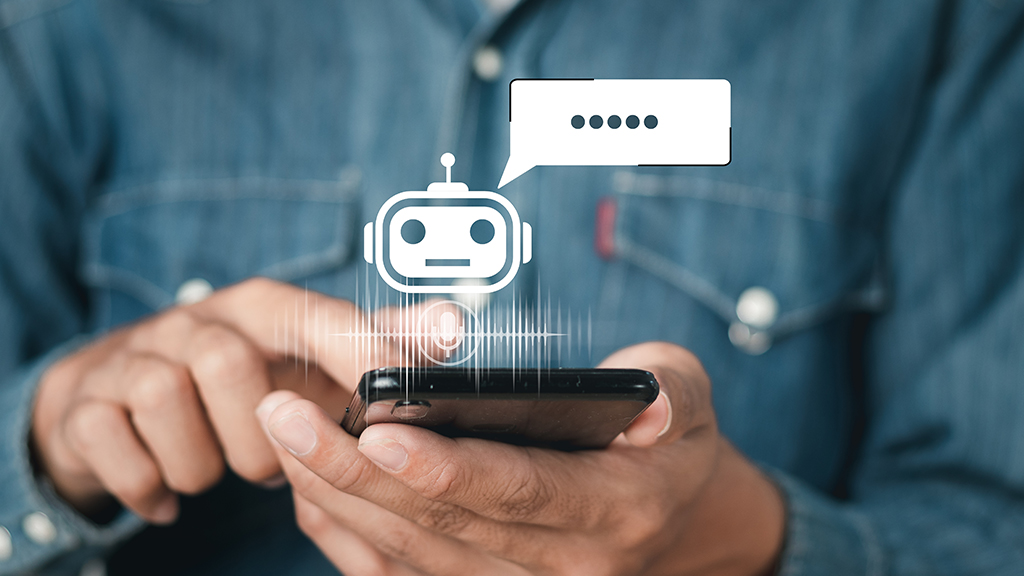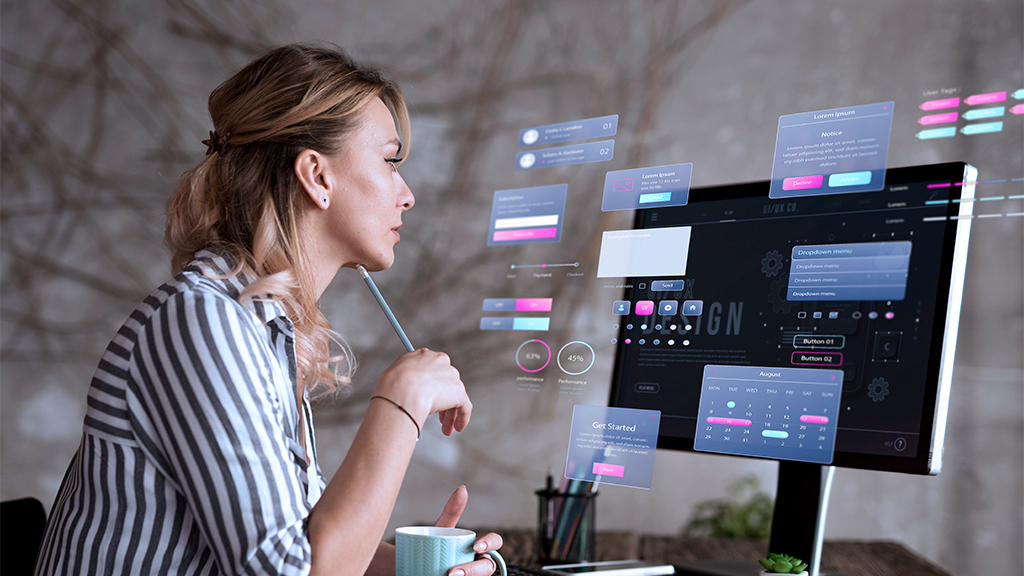As businesses are increasingly witnessing benefits with generative AI adoption, the focus in the evolving field of data and AI is now shifting from individual AI systems to collaborative intelligence. Multi-agent collaboration, where multiple specialized AI agents work together, is emerging as a game-changer for tackling complex, multistep workflows. By enabling agents to communicate, reason, and adapt as a team, this approach unlocks capabilities that go far beyond what standalone systems can achieve.
At the core of this transformation are large language model (LLM)-based AI agents, which have already proven their value in reasoning, decision-making, and creative problem-solving. These specialized autonomous AI agents excel individually, but when connected, their combined capabilities are exponentially greater. Multi-agent systems powered by LLMs offer unprecedented precision and efficiency, making them invaluable for solving real-world challenges in industries like healthcare, logistics, and beyond.
This transition from isolated intelligence to collective problem-solving represents a new frontier in AI. By embracing multi-agent collaboration, businesses can leverage the transformative power of teamwork in AI, unlocking solutions to challenges that were previously out of reach. In this blog post, we’ll explore the power of multi-agent collaboration, its benefits, and how it’s being applied to solve real-world problems.
Quick read: LLM vs Generative AI: How each drives the future of artificial intelligence.
What is multi-agent collaboration?
In multi-agent collaboration, multiple AI agents specializing in distinct tasks work together dynamically to achieve a common goal, forming a Multi-Agent System (MAS). These multi agent AI system, which can be software programs or robots, communicate, share insights, and make decisions both individually and as a group. This teamwork allows them to solve complex problems more effectively than any single agent could manage on their own.
Some of the key features of multi-agent collaboration in AI are:
- Decentralization: Agents operate independently without requiring a central controller.
- Communication: Agents share information and updates through defined protocols, enabling them to coordinate actions and make collective decisions.
- Cooperation: Agents collaborate to optimize outcomes, either by dividing tasks or by jointly addressing a shared challenge.
- Adaptation: Agents can adapt to dynamic environments and the behavior of other agents.
- Goal Alignment: Collaborative systems often involve a shared objective or interdependent goals that the agents must work together to achieve.
Read more: What are AI agents: Exploring the key types and business impact.
Single-agent systems and multi-agent systems: Key differences to understand
The way AI agent systems approach problems is deeply influenced by their design and operational framework. Some systems are built to function independently, focusing all their resources and intelligence on solving tasks in isolation. Others, however, are designed to operate as part of a team, where multiple agents collaborate, share insights, and coordinate actions to achieve a common goal. Let’s explore the difference between single-agent systems and multi-agent systems.
Single-agent systems
Operate autonomously and independently to achieve specific goals.
Example: A single-agent system could be an AI engineer who writes code independently. While functional, this approach may miss opportunities for quality assurance or strategic oversight.
Multi-agent systems
Feature multiple agents with distinct roles within a collaborative environment to achieve shared objectives.
Example: In software development, a multi-agent system would include:
- Engineer agents: Write and refine code.
- Reviewer agents: Analyze and validate quality.
- Manager agents: Coordinate workflows and approve deliverables.
MAS enables task division, real-time communication, adaptability to changes and ensures high-quality outputs. It also automates repetitive tasks, allowing developers to focus on strategic activities. The key advantages of MAS include:
- Flexibility and scalability: Easily adapt to changing conditions by adding or modifying agents.
- Real-time responsiveness: Handle urgent tasks like traffic optimization or disaster response.
- Self-organization: Dynamically allocate tasks and resolve conflicts without central oversight.












